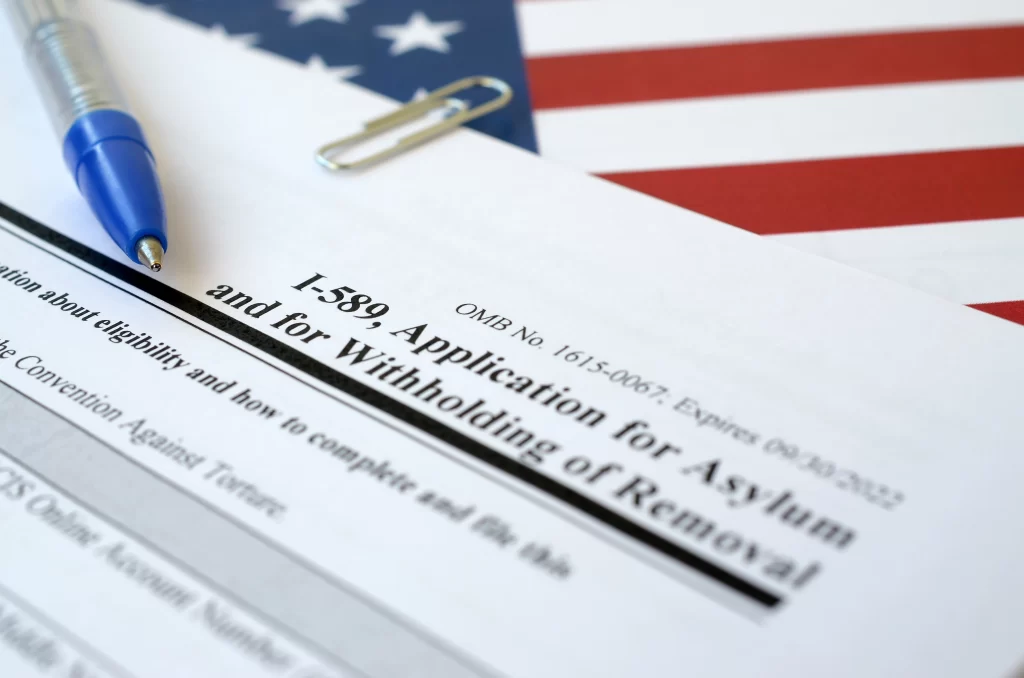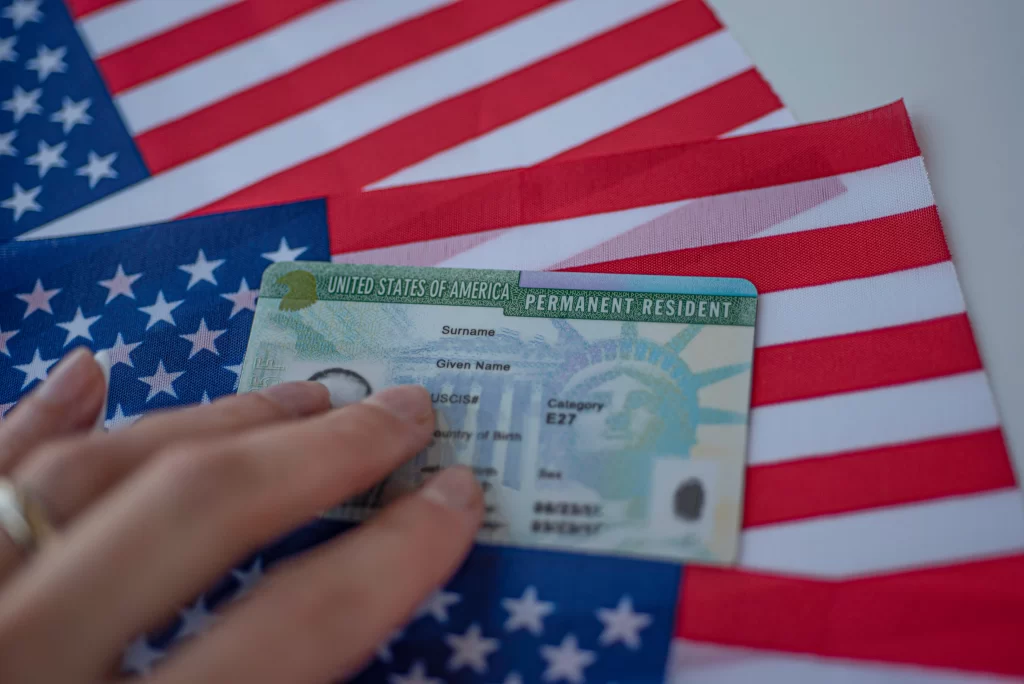Blog
Related Articles

Inmigration laws
Do You Have the Permanent Bar? You Might Still Qualify Through a U Visa or VAWA
The permanent bar is one of the toughest immigration challenges for thousands of immigrants in the U...
 María Mendoza
María Mendoza
Published: November 13, 2025

Inmigration laws
Important Update on Parole for Spouses of U.S. Citizens
¡Hola, mi gente! I want to share exciting news about the recent updates in the executive order...
 María Mendoza
María Mendoza
Published: June 19, 2024

Inmigration laws
Alternatives to asylum to regularize migratory status if just entered the US.
Those who just migrated to the US due to difficult situations in their home country, like violence, ...
 María Mendoza
María Mendoza
Published: January 4, 2024

Inmigration laws
How to Apply for a VAWA Visa Under Donald Trump's Administration in 2025
With Donald Trump's return to the Presidency of the United States, one of the biggest concerns in th...
 María Mendoza
María Mendoza
Published: April 4, 2025

Inmigration laws
Regularizing migratory status through an overage US citizen son/daughter.
There are parents who move to the US having the American Dream; reaching legal residence or citizens...
 María Mendoza
María Mendoza
Published: September 6, 2023